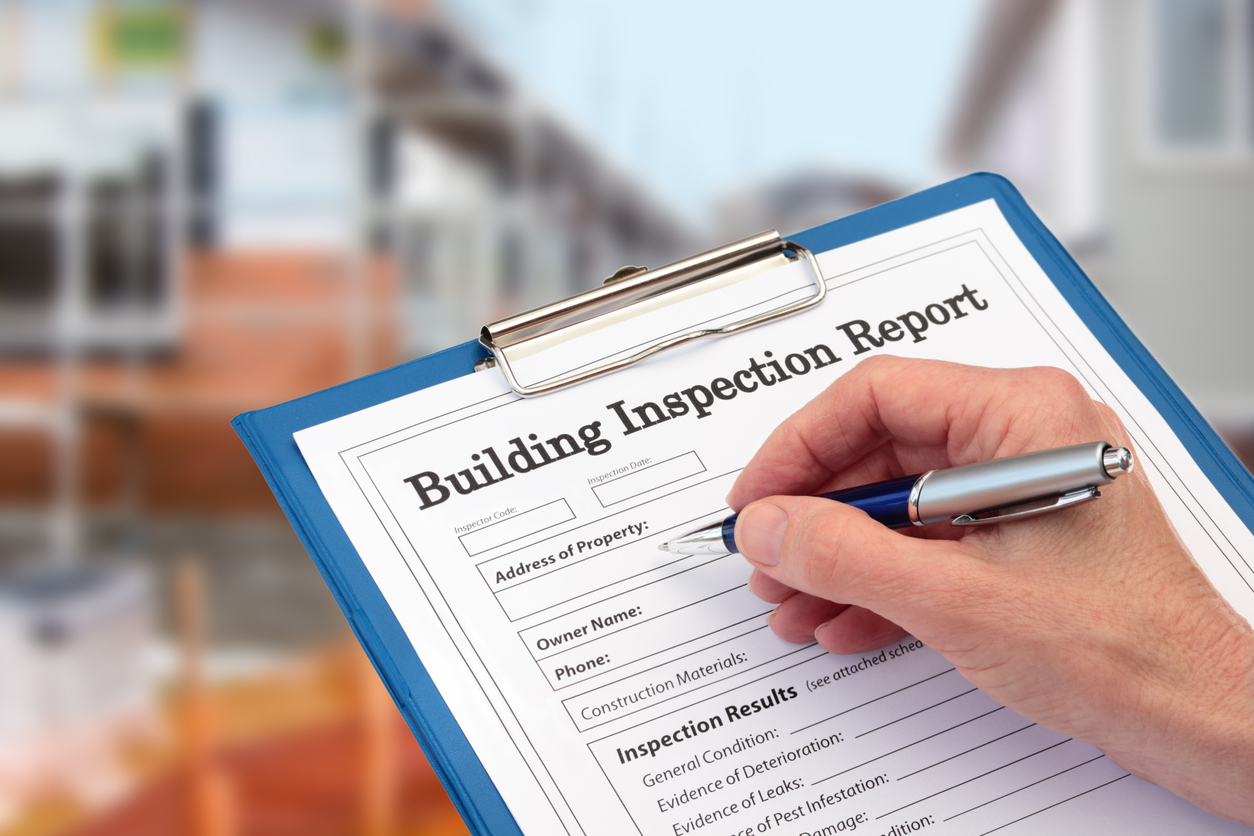When performing any kind of construction or renovation after a property loss, you will be required to comply with the current building codes of your town or city. In insurance policies, the relevant coverage is called “ordinance or law.” This coverage includes anything you must do to bring your construction project in compliance with these building codes, i.e. framing, plumbing and electrical.
What happens when you have a property loss in a house that was built 200 years ago? Pre-loss, you were probably “grandfathered in.” But once you start undergoing repairs or renovations, you must come into compliance with current code requirements. If you are undertaking these repairs as part of an insurance claim, code coverage will cover the costs of bringing the construction up to code.
Here are a few FAQs regarding code coverage that might be helpful:
Where do code coverage issues emerge within the insurance claim process?
Code issues usually emerge once the building inspector visits the loss site before repairs begin.
Is code coverage incurred?
Yes, it’s a “cost incurred” coverage – meaning once you spend the money on code upgrades, you then get those funds back from the carrier.
How do codes work?
Each aspect of the building code is mandated by the local municipality. Whoever is examining the building – sometimes it’s a fire department official – informs the building owner of the relevant code requirements.
Is code coverage included in all policies?
In most homeowner policies, there is 10% percent of the coverage A limit available to use for code coverage. Generally, we recommend carrying about 50% of the building coverage.
How does code coverage work in a commercial policy (CP)?
Code coverage in CPs is different than in homeowner policies. In a CP, there are three code components: A, B and C. A is always included in the building limit of liability. B is for demolition-related items related to code. C represents the increased cost of construction. Commercial policyholders must buy coverage for B and C, so we recommend you combine those in your CP policy.
What are the biggest deficiencies in terms of code coverage?
The biggest shortfall is usually the amount of code coverage people carry in their policies – which most insureds often don’t realize until it’s too late. Another big code-related problem is getting the insurance carrier to agree with what the building departments are mandating. What the inspector sees as a requirement, the carrier may view as unnecessary. If there’s a dispute, PAs will engage a code expert to help aid the cause and reach a consensus.
What happens if the insurance carrier disagrees with the building inspector on a code issue?
When the building inspector mandates a code related enforcement to the building, but the insurance carrier disagrees, it can be problematic – especially if the inspector won’t put the code demand in writing. In such instances of dispute between the municipality and the carrier, SMW will schedule a meeting with the disputing parties so they can come to an agreement.
Will carriers pay for more than the bare minimum code updates?
Not always. We recently worked with a condominium building that had exposed sprinkler pipes. After suffering damage, the carrier would only pay for code upgrades – not for aesthetic upgrades. The carrier only owed the bare minimum – which is to meet the code requirements, not improve the look of the facility. The cost of burying the sprinkler system, for example, would not be covered.
What are some code-related trends right now?
Since July of 2023, the building codes in Massachusetts have followed HERS rating for energy and heating codes. This means that insulation, for example, requires spray foam – which could be 4 to 5 times the cost of fiberglass. Framing is another good example of how code requirements can change. In the old days, builders could use 2x4s for wall framing – today, most building codes require bigger stud walls that measure 2×6.




